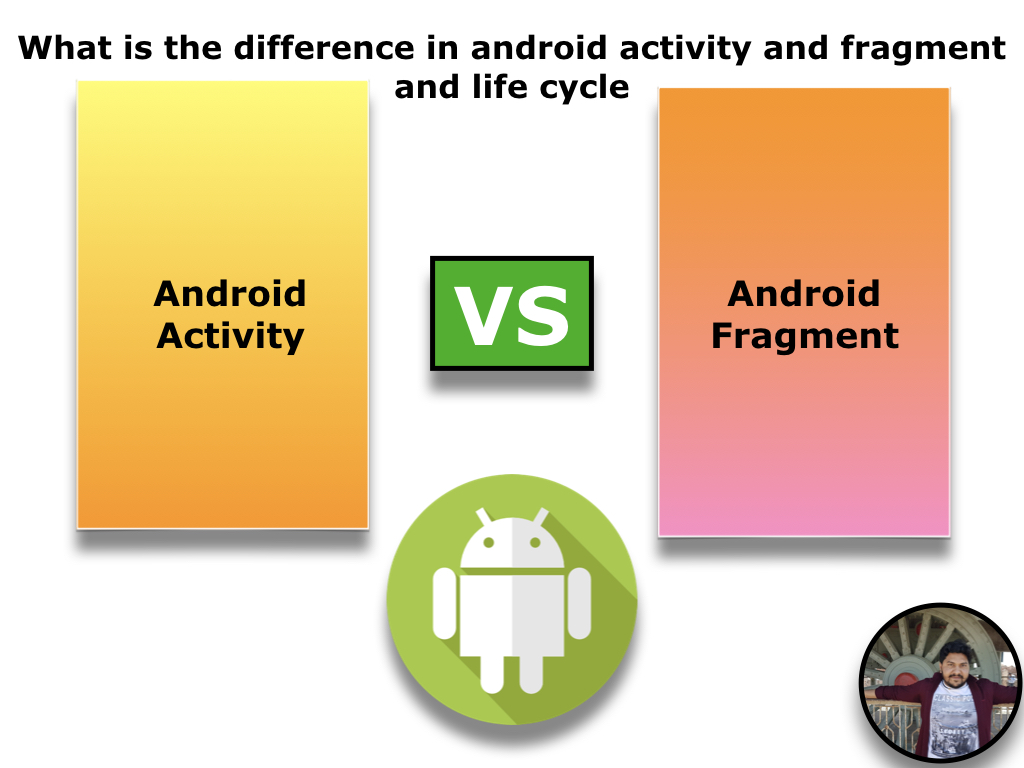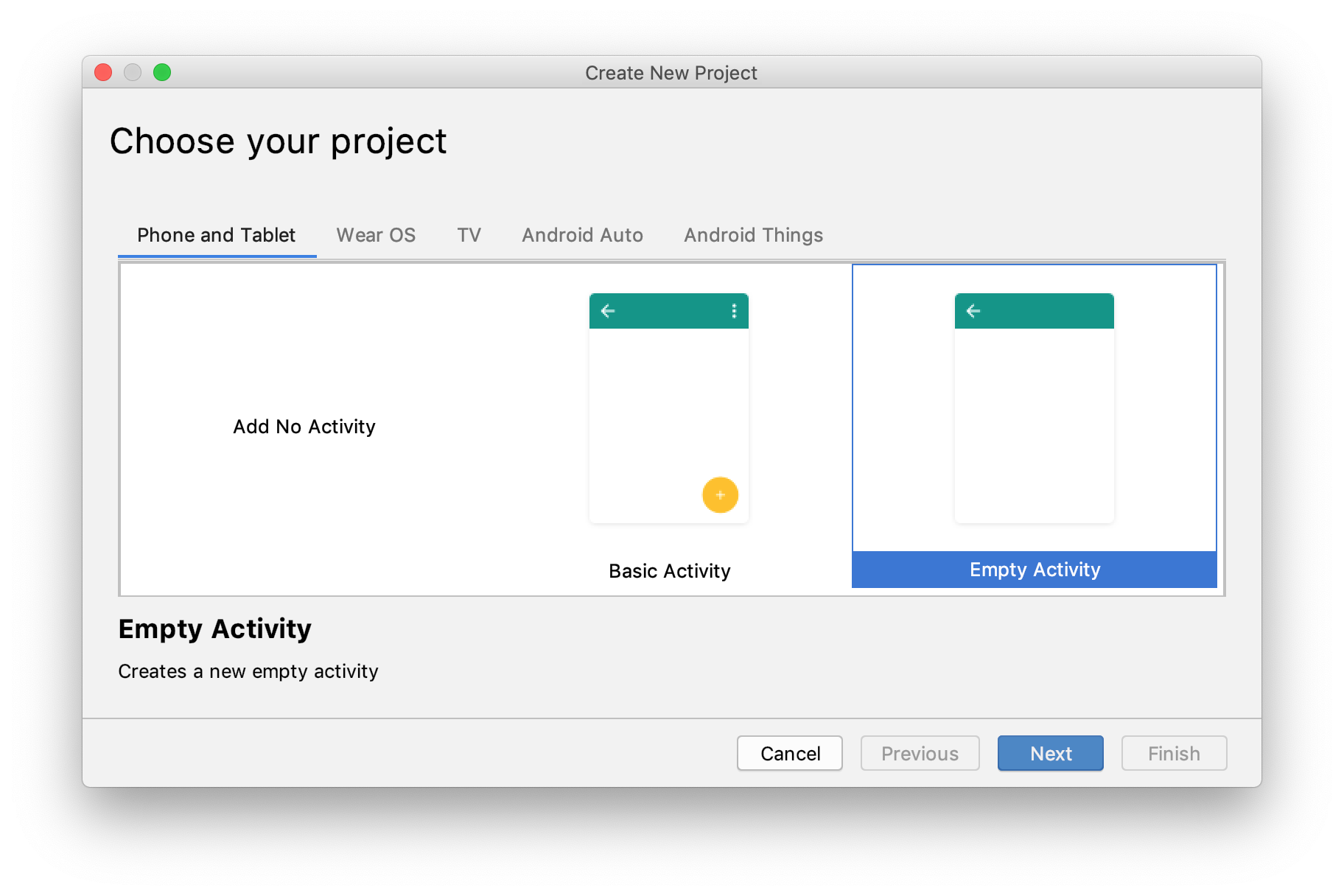

In your root adle file, add the following maven repositories


Android studio fragment mapbox activity android#
MapwizeSDK is compatible with Android api 21 and above. We ourselves are using Mapwize UI to build the Mapwize app available on Google Play store. This open-source project enriches the core SDK with interfaces for search and directions, that you can use as is or modify to your taste. If you are looking for a fully featured and ready to use Fragment to add Mapwize Indoor Maps and Navigation in your Android app, have a look at Mapwize UI and Mapwize UI Documentation. For a first integration of Mapwize in your project, please consider Mapwize UI and Mapwize UI Documentation. This SDK only comes with the core MapView and API and is intended for the advanced Mapwize integrations. After your map has been created in Mapwize Studio, you can use this SDK to display the map in your app and let the user interact with it. Java and OpenJDK are trademarks or registered trademarks of Oracle and/or its affiliates.The Mapwize Android SDK allows you to add indoor maps and way finding in your Android apps.
Android studio fragment mapbox activity code#
Fragments: Past, present, and future (Android Dev Summit '19)Ĭontent and code samples on this page are subject to the licenses described in the Content License.Single Activity: Why, When, and How (Android Dev Summit ‘18).Communicate between fragments and activities.Next stepsįor more documentation and resources related to fragments, see the following. The logic necessary to manage its own UI. With this in mind, you should only provide a fragment with Same activity, in multiple activities, or even as a child of anotherįragment. You can use multiple instances of the same fragment class within the Of these changes in a back stack that is managed by the activity, allowing Higher, fragments can be added, replaced, or removed. While your activity is in the STARTED lifecycle state or

That is controlled by the activity and a linear list that is controlledĭividing your UI into fragments makes it easier to modify your activity'sĪppearance at runtime. On the right, a small screen contains a bottom navigation bar That is controlled by the activity and a grid list that is controlled by On the left, a large screen contains a navigation drawer Two versions of the same screen on different The correct navigation UI while the fragment displays the list with the proper The activity is then responsible for displaying Separating the navigation elements from the content can make this Managing all of these variations in the activity can be Smaller screens, the app should display a bottom navigation bar and a list inĪ linear layout. On larger screens, theĪpp should display a static navigation drawer and a list in a grid layout. Manage the UI of a single screen or portion of a screen.Ĭonsider an app that responds to various screen sizes. Conversely, fragments are better suited to define and Place to put global elements around your app's user interface, such as a Note: Some Android Jetpack libraries, such asįragments introduce modularity and reusability into your activity’s UI byĪllowing you to divide the UI into discrete chunks. The fragment’s view hierarchy becomes part of, or attaches to, FragmentsĬannot live on their own-they must be hosted by an activity or anotherįragment. Layout, has its own lifecycle, and can handle its own input events.


 0 kommentar(er)
0 kommentar(er)
